Air
Dispersion
Modelling
Land contamination can result from activities conducted by a wide range of industries. The environmental and legal liabilities arising can be costly and with significant public relations effect.
Management of both explicit and hidden risks prevents further degradation of soil and groundwater while minimising the resulting impacts on human health and the environment.
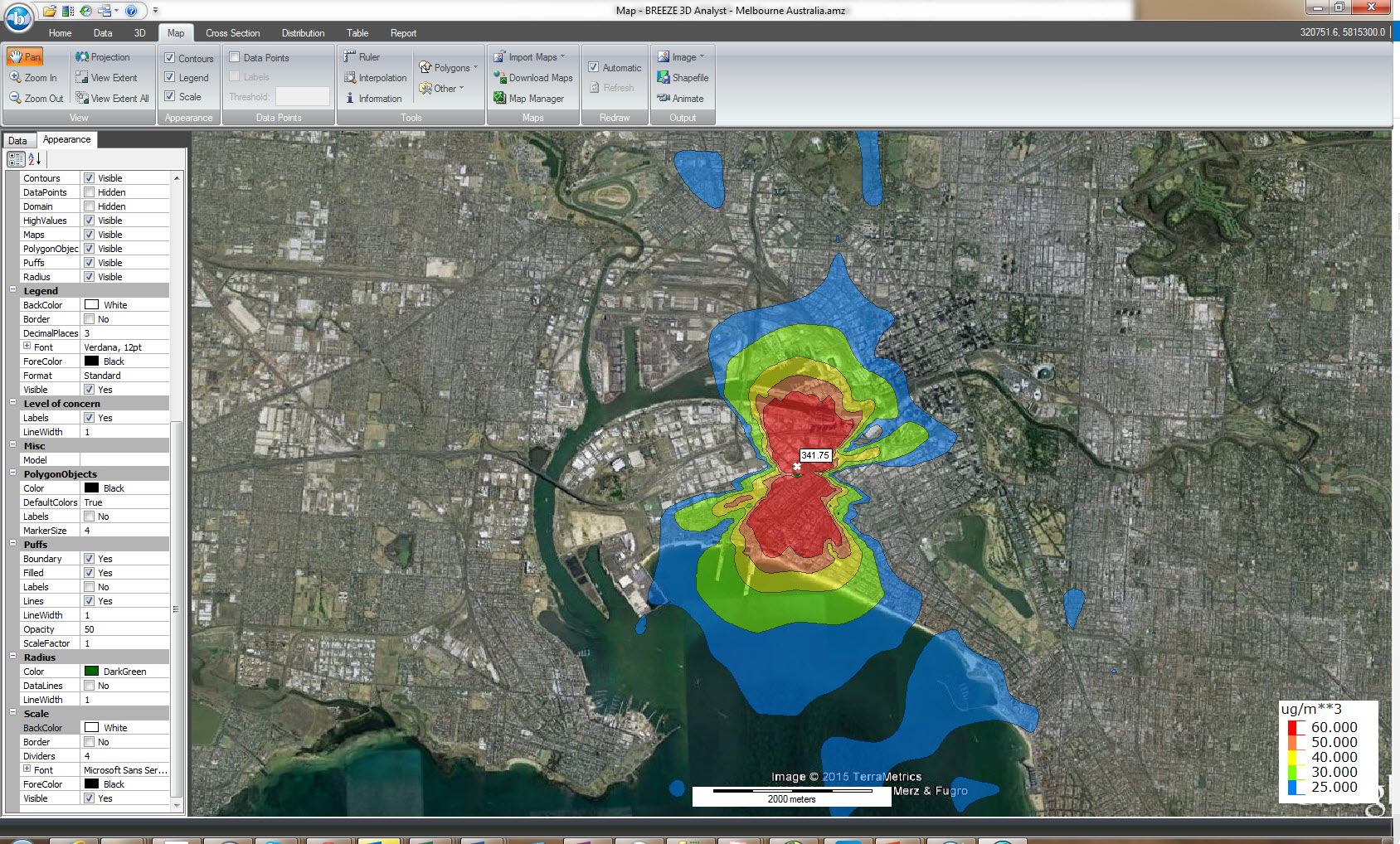

BREEZE AERMOD


BREEZE AERMOD
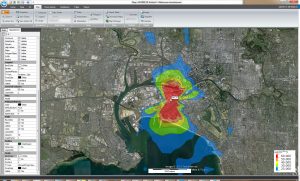

BREEZE AERMOD
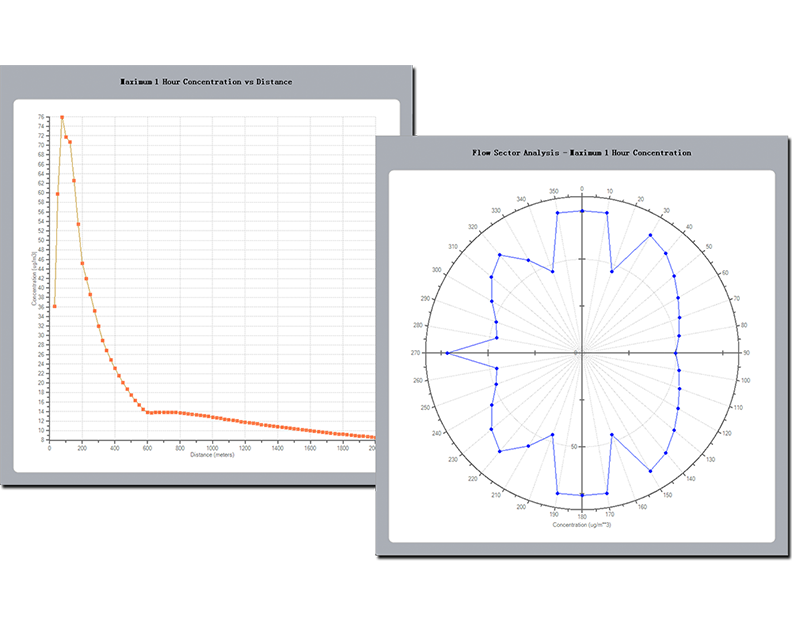

BREEZE AERSCREEN


BREEZE AERSCREEN
Air Dispersion Screening Model Based on AERMOD
BREEZE AERSCREEN is a screening model based on the U.S. EPA AERMOD air quality dispersion model and is compatible with the BREEZE AERMOD modeling system.
- Estimates of “worst-case” 1-hour concentrations for a single source, without the need for hourly meteorological data
- Includes conversion factors to estimate “worst-case” 3-hour, 8-hour, 24-hour, and annual concentrations.
- The concentration estimates are intended to be equal to or greater than the estimates produced by AERMOD
- Automates BPIP model setup, execution, and importing
- Calculates maximum 1-hour concentration at each modeled receptor
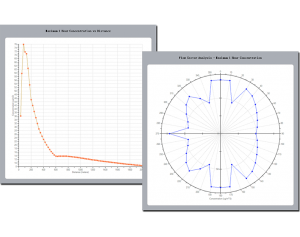

BREEZE AERSCREEN
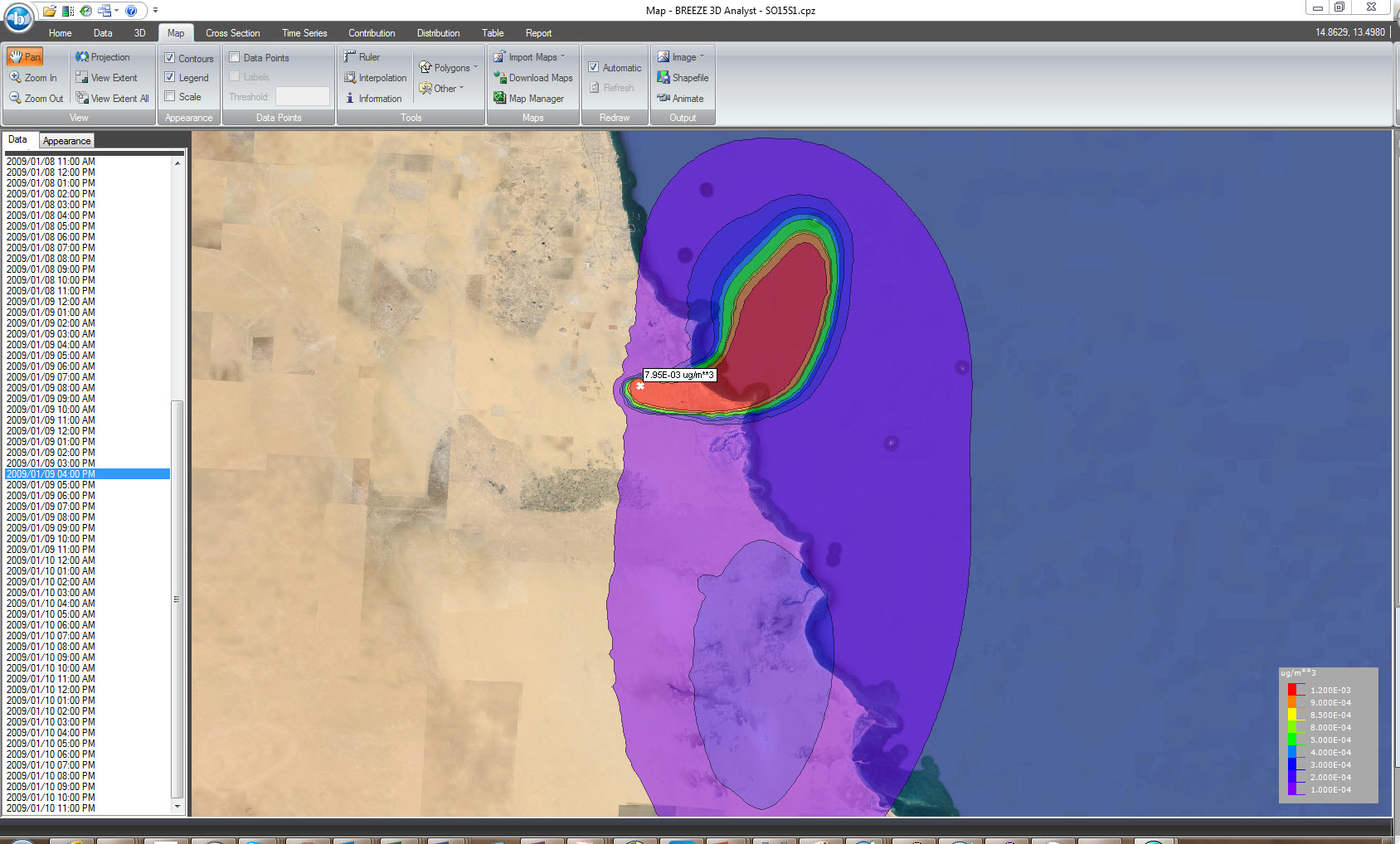

BREEZE CALPUFF


BREEZE CALPUFF


BREEZE CALPUFF
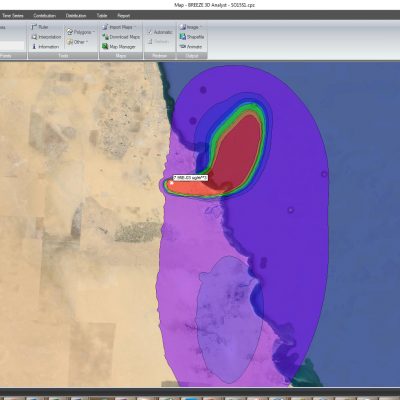

BREEZE CALPUFF
Land contamination can result from activities conducted by a wide range of industries. The environmental and legal liabilities arising can be costly and with significant public relations effect.
Management of both explicit and hidden risks prevents further degradation of soil and groundwater while minimising the resulting impacts on human health and the environment.
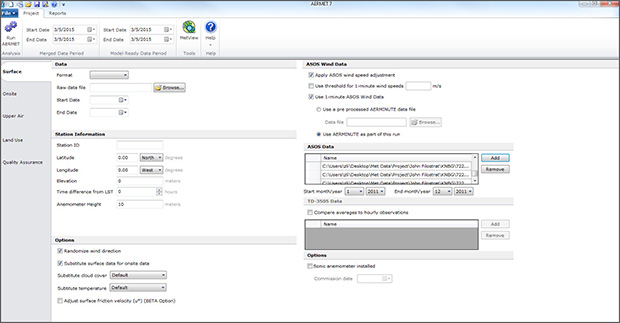

BREEZE AERMET
Intuitive Meteorological Data Preprocessor for AERMOD
BREEZE AERMET simplifies the process of creating AERMOD-ready meteorological data files from raw data formats.
- Includes the latest U.S. EPA executables: AERMET 19191 and AERMINUTE 15272
- Combining full U.S. EPA regulatory compliance with an all-new user interface
- Flexible input of land use values options for international users and U.S. users with state-specific land use requirements
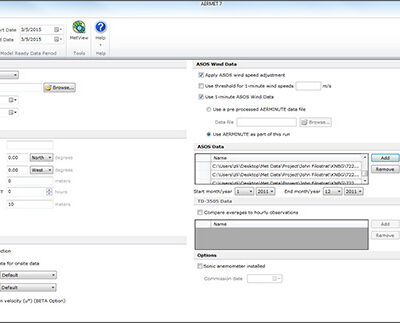

BREEZE AERMET
Land contamination can result from activities conducted by a wide range of industries. The environmental and legal liabilities arising can be costly and with significant public relations effect.
Management of both explicit and hidden risks prevents further degradation of soil and groundwater while minimising the resulting impacts on human health and the environment.
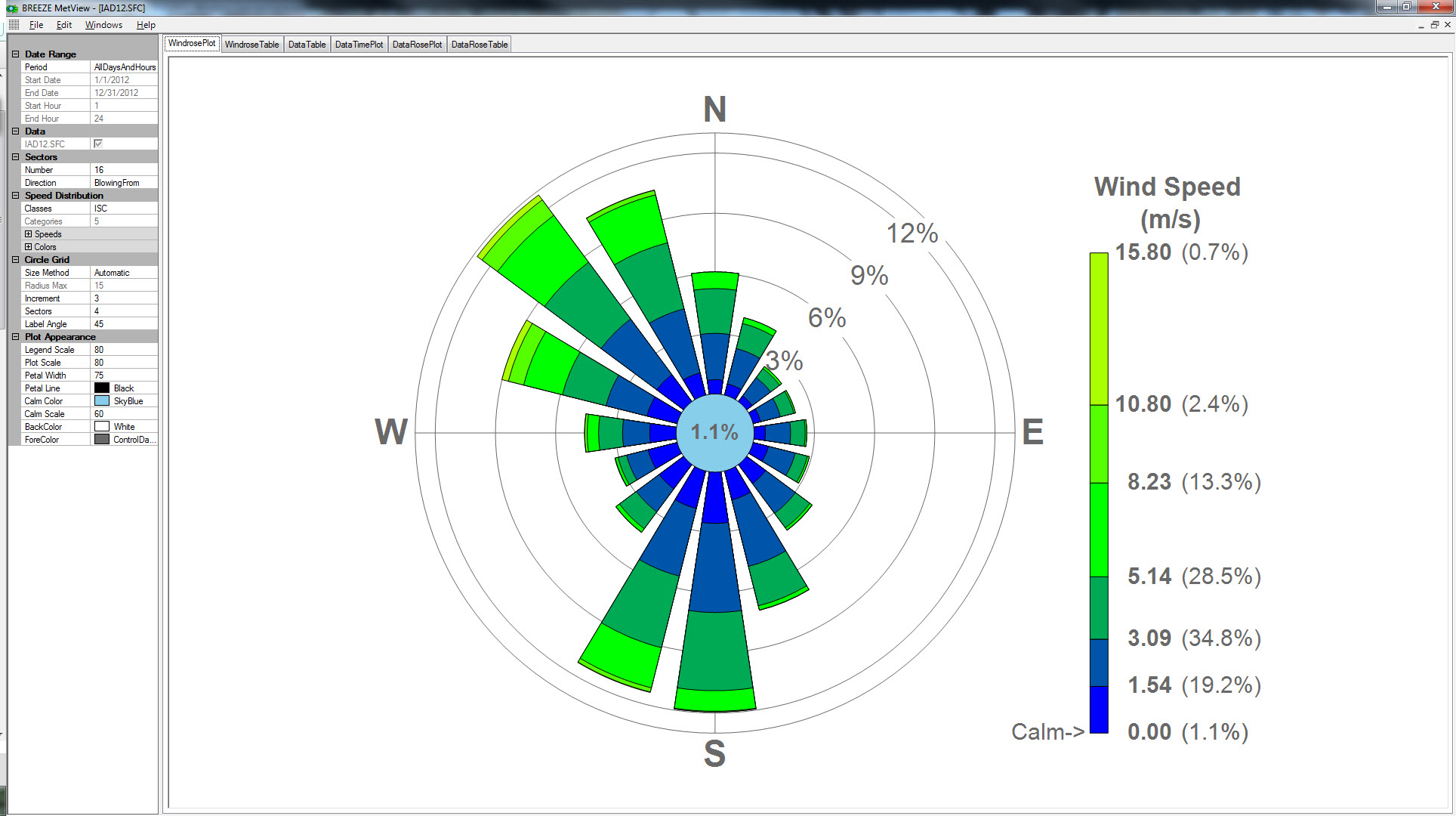

BREEZE METVIEW
Robust Meteorological Data Analysis Tool
BREEZE MetView is a powerful data analysis tool, capable of displaying a wide range of meteorological data formats.
- Customize graphs of several meteorological variables, including wind speed, wind direction, temperature, sensible heat flux, and precipitation
- Analyze raw and model-ready meteorological data in easy-to-read tables
- Copy data to Microsoft Excel for additional analyzing
Are You Ready For a Consultation?
Come and talk to us over coffee about your eco-footprint

